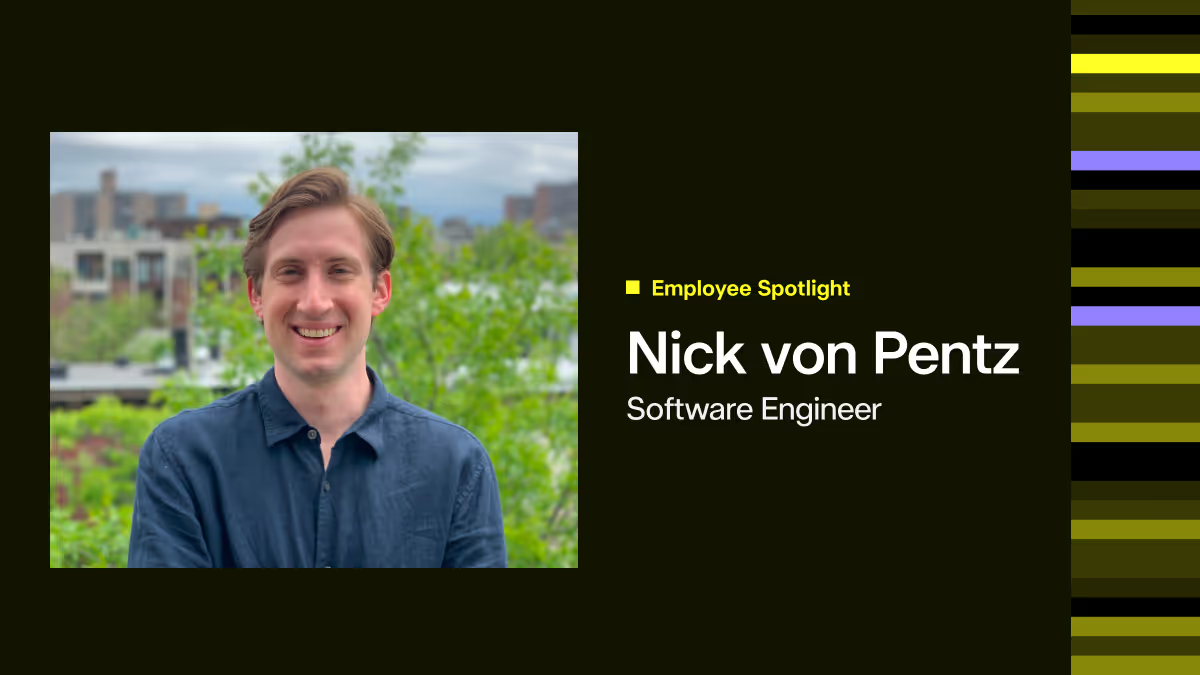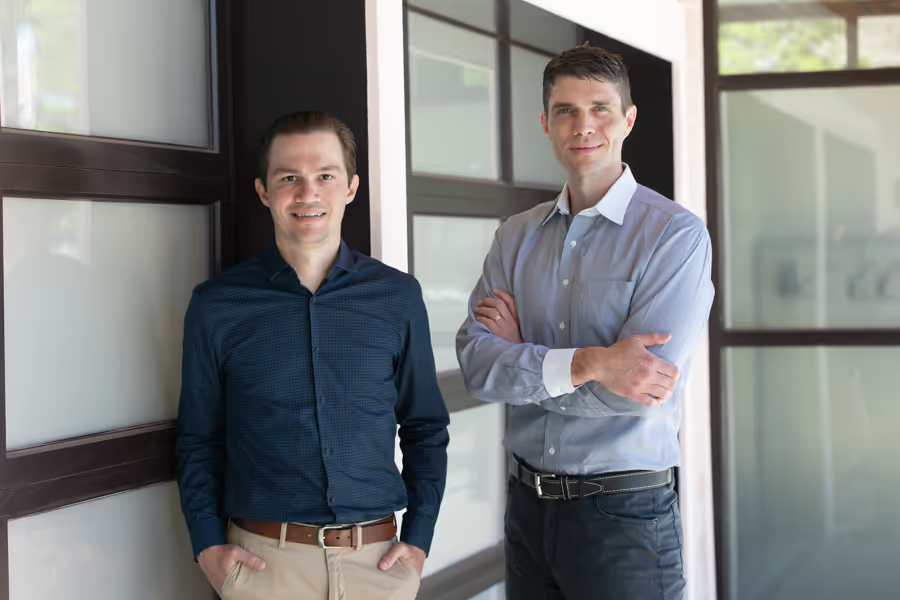SuperReturn North America 2025 Recap: Key Trends, Big Conversations and the Rise of AI
.avif)
SuperReturn North America 2025 just wrapped up, and the Brightwave leadership team was there on the ground, attending panels, meeting with investment leaders and kicking the week off with our own pre-conference event — AI Innovation in Private Capital: A SuperReturn Eve Reception. At this invite-only event, our co-founder and CEO, Mike Conover, spoke on the evolving AI landscape with some of the top investors and builders who are redefining how teams approach deal analysis and diligence.
Held at the InterContinental Hotel in Miami, SuperReturn North America brought together 1,000+ private capital professionals, including 450+ GPs and 300+ LPs, for three days of discussions, networking and deal-making. As a sponsor of this year’s event, we had a front-row seat to the most important trends shaping private markets. This year’s key themes? AI’s rapid rise in investment workflows, the evolution of private credit and the growing role of secondaries and co-investments.
Here’s what we saw, heard and took away from SuperReturn North America 2025:
AI Innovation in Private Capital: A SuperReturn Eve Reception
.avif)
Before the main event even began, the Brightwave Go-To-Market team welcomed investors, fund managers and AI pioneers to an exclusive pre-conference event: AI Innovation in Private Capital: A SuperReturn Eve Reception.
Set against the backdrop of Biscayne Bay on the Area 31 rooftop, the evening brought together a standout group of private capital managers and investment professionals. Guests enjoyed panoramic views, top-shelf cocktails, and sharp conversations on how AI is reshaping deal analysis and diligence workflows. Given how quickly LLM technologies are evolving, one key theme revolved around the importance of trying different tools and platforms to stay ahead of what is possible in the space.
Check out the recap video below for a glimpse into the evening's energy and insights:
Major Takeaways from SuperReturn North America 2025
From the resilience of private credit and the rise of co-investments to the accelerating role of AI in private capital, SuperReturn North America 2025 made one thing clear: investors are adapting, and the firms that embrace change will be the ones leading the industry forward.
Secondaries Are Becoming a First-Class Liquidity Strategy
The panel The Secondaries Market: A New Normal for Exits? brought together industry leaders Cari Lodge (CF Private Equity), Joseph Marks (Capital Dynamics), Ankit Sud (NewView Capital) and Laura González-Estéfani (TheVentureCity) to discuss how secondaries have evolved from a reactive tool to a proactive strategy. Historically, secondary sales were viewed as a last resort for liquidity, but today, companies across all growth stages are deliberately leveraging secondaries for employee retention and structured exits. Stripe’s recent secondary transaction is a prime example of this shift.
It’s also clear that not all secondaries are created equal. The panel underscored how LP stakes, continuation vehicles, direct share sales and employee tenders each serve distinct purposes for LPs, GPs and founders. Investors who thrive in managing LP stakes may struggle with direct founder negotiations, reinforcing the need for specialized expertise as the market matures.
This shift represents a meaningful change in liquidity dynamics in this space. With the IPO market largely stalled, secondaries are rapidly expanding as a liquidity solution, with some analysts projecting that they could rival primary markets within a decade. High-profile transactions like the NEA spin-out ($1 billion across multiple funds and nearly two dozen board transitions) illustrate how secondaries are cementing themselves as a core element of private market strategy.
Private Credit is Growing, But Selectivity is Key
The LP Sentiment on Private Credit panel made one thing clear: assets matter more than structures. While complex financing arrangements may seem appealing, they won’t hold up if the underlying assets are weak. Mortgage Servicing Rights (MSRs) and specialty finance assets, for instance, look attractive on paper due to discounted cash flows, but they are highly vulnerable if housing markets deteriorate. Panelists Scott Wisenbaker (Constellation Associates), Brett Graffy (Aksia) and Tim Lower (Willow Tree Credit Partners) shared a clear message: great structures demand rigorous asset diligence.
That said, specialty finance is seeing increased interest and activity. Opportunities in regulatory capital relief transactions, non-performing mortgage portfolios, structured secondaries and digital infrastructure loans are accelerating. Regulatory capital relief, in particular, has opened up new opportunities in the past 12–18 months as banks offload risk, creating value for investors who can navigate complexity and structure deals intelligently.
Private credit is also undergoing rapid consolidation, which is reshaping fund dynamics. While some acquisitions — like Apollo’s purchase of StoneTower — have worked well by maintaining alignment, others have disrupted incentives and diluted returns. More recent acquisitions by Prudential (DeerPath) and BlackRock (Tennenbaum, then HPS) highlight the risks of fund concentration when incentives don’t remain properly structured.
For LPs and GPs, the takeaway is that private credit remains a compelling space, but success depends on asset fundamentals, careful deal structuring and a keen awareness of how consolidation is changing the landscape.
AI is Empowering Investment Teams, Not Replacing Them
AI was one of the most talked-about topics at SuperReturn North America, with multiple panels exploring how its impact on investment workflows. As Amanda Lynam (BlackRock) noted during Private Markets in 2025: The Return of Optimism, AI is not replacing knowledge workers, but rather giving them leverage. Instead of automating away human expertise, AI is making investment teams faster, more efficient and more precise.
AI’s impact is particularly pronounced in investment research. As panelist Stephen Prince (Tetragon) pointed out, AI will significantly accelerate and deepen the research process, helping firms extract actionable insights faster than ever. Teams that are able to harness AI effectively will be able to move beyond the data overload of raw information and focus on what actually matters for making high-conviction decisions.
SuperReturn North America confirmed that AI is now a must-have tool for private capital teams. Firms that integrate AI-driven insights into deal sourcing, diligence and portfolio management will outpace those that don’t — not because AI replaces expertise, but because it amplifies it.
Where Private Capital Goes From Here
The private markets industry is undergoing a transformation, and investors who embrace innovation are going to come out ahead.
At Brightwave, we’re helping private capital firms harness AI-powered investment intelligence to make faster, smarter decisions. Whether it’s optimizing deal sourcing, deepening diligence, or unlocking hidden market opportunities, AI is rapidly becoming a must-have tool for leading investment teams.
Want to explore how AI can give your firm a competitive edge? Let’s talk.



